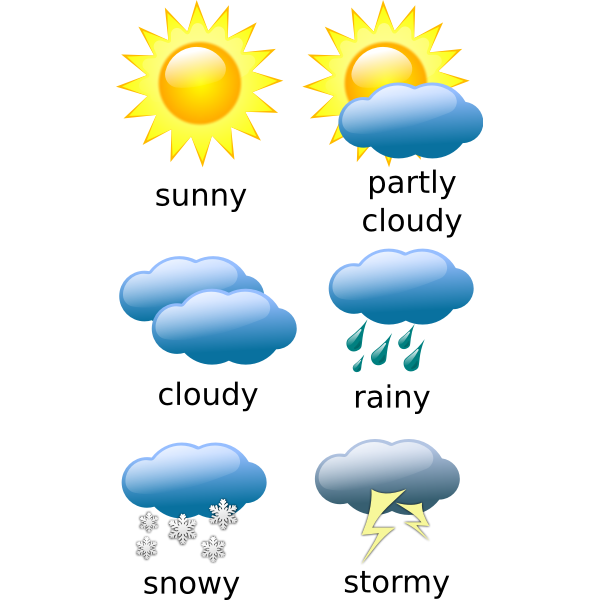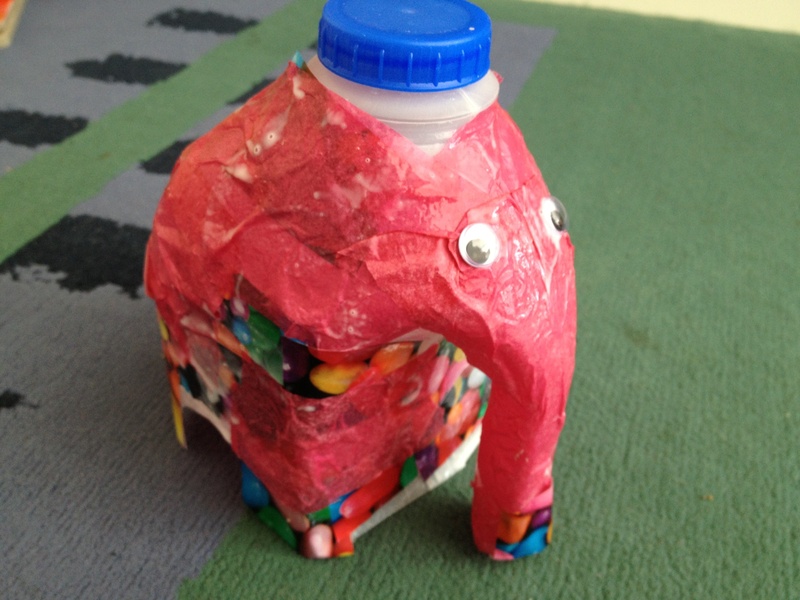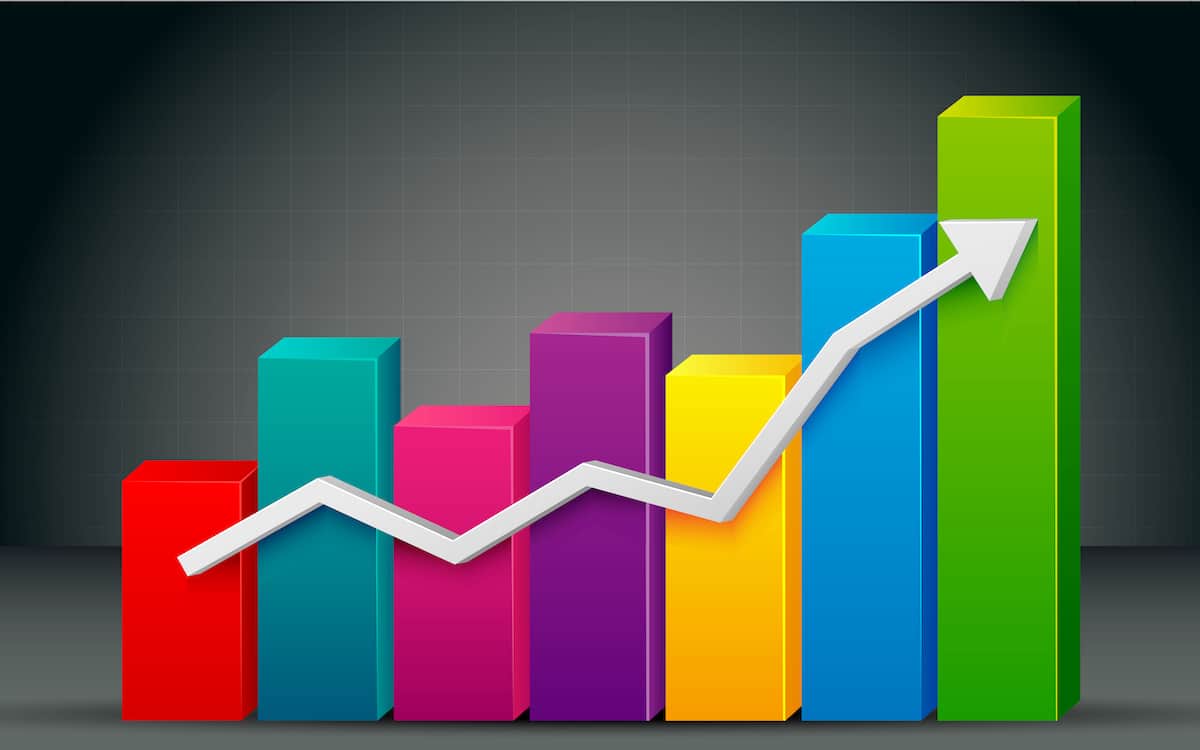
15 Courses

FEMINISM FOR KIDS
Overview
Let’s be frank...
We live in the 21st century. It is time for us to start embracing new perspectives, leave behind orthodox perspectives that no longer fit in our world. We all know that kids and young people are the future. We are responsible for their safe integration in the Earth. This means that we not only have to assure them an eco-friendly future, an Earth without climate change, but also an Earth where society gives importance to their psychological wellbeing, to the union of individuals, to tolerance and peace. This can only be achieved by means of teaching values. And let’s be frank, feminism is on the priorities stand.
But how?
This is the question hundreds of teachers ask themselves. Experience tells us that already in secondary education, students start adopting sexist attitudes, and sometimes it is impossible to raise awareness among them, taking into consideration that they are in a phase of their lives when they are feeling reluctant to adult’s moral teachings. Most of them do not want to listen and most of them will keep this sexist perspective, especially because they are constantly influenced by the media, on most occasions their parents' beliefs, and the feedback with their friends.
What leads us to think...
Perhaps the key is in the childhood. As adults, our role is to be teaching students since early ages to avoid sexism, embrace feminism and being like referees, denouncing non-feminist attitudes of the people surrounding them.
Teaching in the digital era has made easier this job. Today, we can find several online resources that will help us in this goal.
Let’s start!

Students
Learning the alphabet_the letter T
Learn the aplhabet- Learn the letter "T" through 7 activities in the worksheets below. The printable educational material is suitable for kindergarten, first grade primary school children and children with special educational needs.
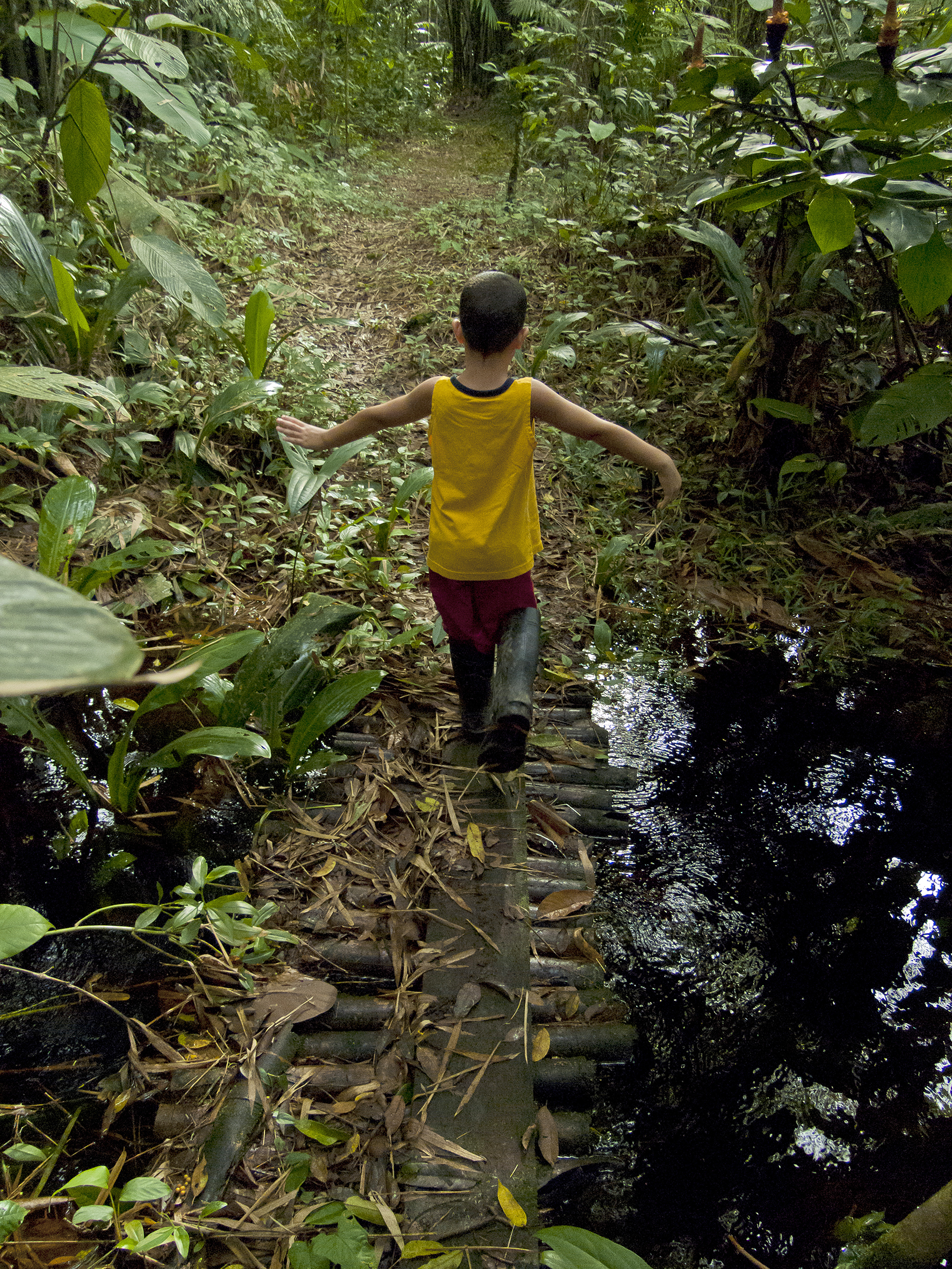
Nature walk
Being in nature, or even viewing scenes of nature, reduces anger, fear, and stress and increases pleasant feelings. Exposure to nature not only makes you feel better emotionally, it contributes to your physical wellbeing, reducing blood pressure, heart rate, muscle tension, and the production of stress hormones.

Teaching Greek as a second/ foreign language
Teaching professions in Greek. The target group is students (9-12 years old) who are taught the Greek language as a second or foreing language. Their level of Greek is A2 as this has been defined by the Common European Framework for references for languages.
Our goal after the end of the class is to enable the students to ask and give information related to work places and/ or work conditions.

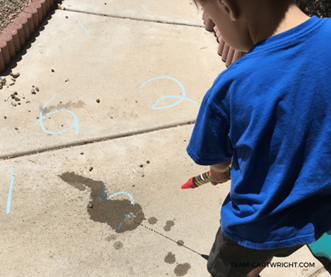
Water Spray numbers and letters
This is a very simple and easy way to learn letters and numbers while developing fine motor skills.


